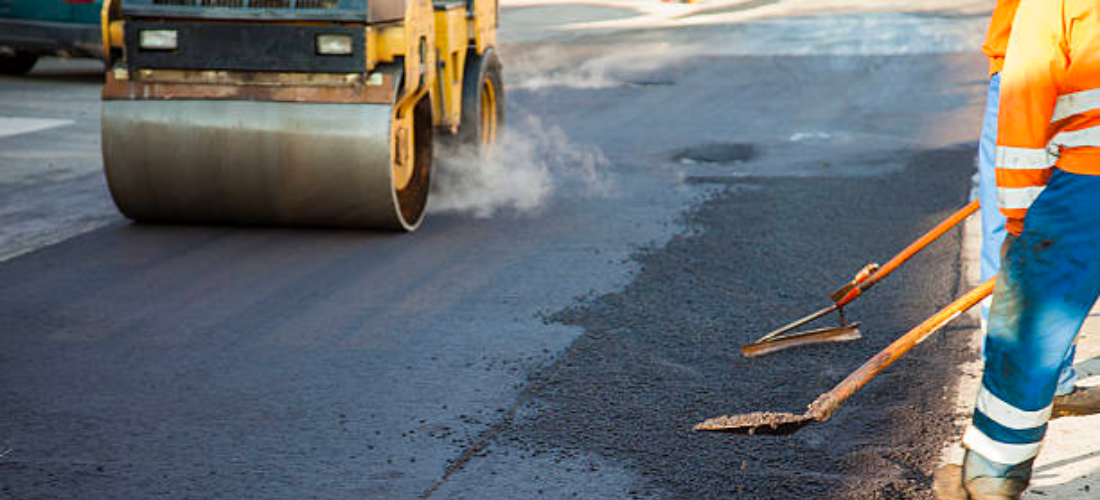Bituminous Surface Treatments (Bituminous surface treatment), sometimes known as a seal coat or chip seal, is a thin protective wearing covering put to a pavement or foundation course. Bituminous surface treatment of roads will help in waterproofing to protect the underlying pavement.
A Bituminous surface treatment provides preventative maintenance against the impacts of the sun and water, which can both degrade the pavement structure. Bituminous surface treatment for roads provides both a fresh wearing course and a waterproof coating for the old pavement. This treatment makes it more difficult for water to enter the base material and prevents freeze-thaw damage in regions when temperatures are below freezing.
Because of the inclusion of the cover aggregate, Bituminous surface treatment on roads additionally enhances the surface friction of the pavement. It prevents raveling, which can make the surface slick and stopping difficult. A Bituminous surface treatment texture provides a nice, gripping texture to the pavement surface.
Bituminous surface treatment should be applied to a moderately to severely damaged pavement surface. A two to four year service life is typical, with five year service lifespan possible.
Materials used in Bituminous surface treatment of roads:
Bituminous surface treatments are made up of two major components: asphalt and a cover aggregate.
- Asphalt:
Asphalt with aggregate (as asphalt binder, cutback asphalt, or asphalt emulsion) (uniformly graded).
Asphalt is usually an emulsion. The weather on the day of building must be considered carefully; ideally, a warm day with low humidity is recommended. Bituminous surface treatment for pavements should never be built on wet days or when rain is forecasted. If the asphalt binder has not yet set, rain can dilute it, bringing it to the top of the cover aggregate; as the water evaporates, tyres can pick up the loose aggregate or track binder over the surface.
Versions of Asphalt:
- Cutback Asphalt
- Asphalt Emulsion
- Aggregate:
Natural gravel or crushed stone are two common types of aggregates. These must be clean and dust-free, as well as rigid and uniform. This is done to offer a long-lasting traffic surface. Because excessive dust can be a severe adhesion issue for Bituminous surface treatment, it is typical to limit the percentage of material passing the No. 200 sieve (0.075 mm) to around 1% or less.
The aggregate used to build a Bituminous surface treatment should be only one layer thick. The exceptions are when adding choke stones or a second BST layer (a two layer BST treatment is sometimes referred to as a “double shot” therapy). Too much aggregate will produce aggregate pickup, causing well-placed stones to become dislodged and perhaps causing windshield damage.
A modest quantity of surplus aggregate, greater than 5% but less than 10%, may be used in turning and halting zones. This will help to prevent tyre scuffing in newly placed Bituminous surface treatment for roads.
The key ingredients to be focused while considering aggregate:
- Aggregate Shape
- Aggregate Size

